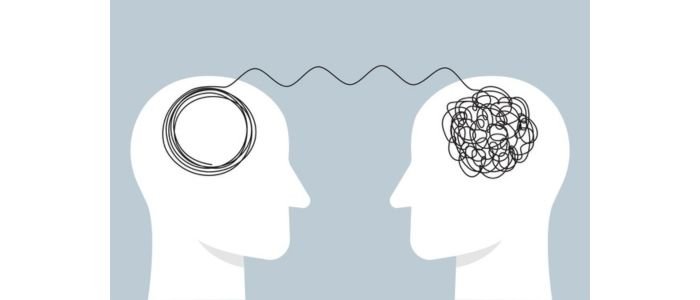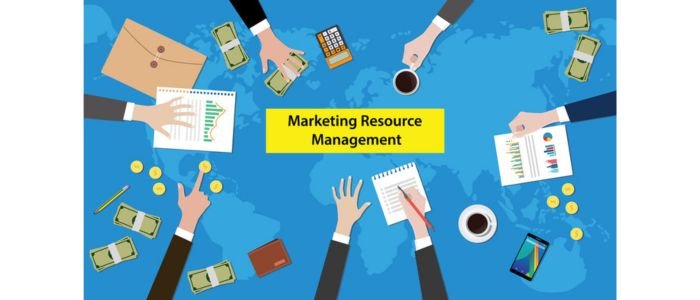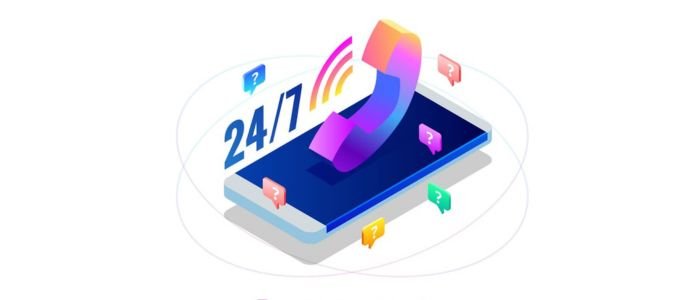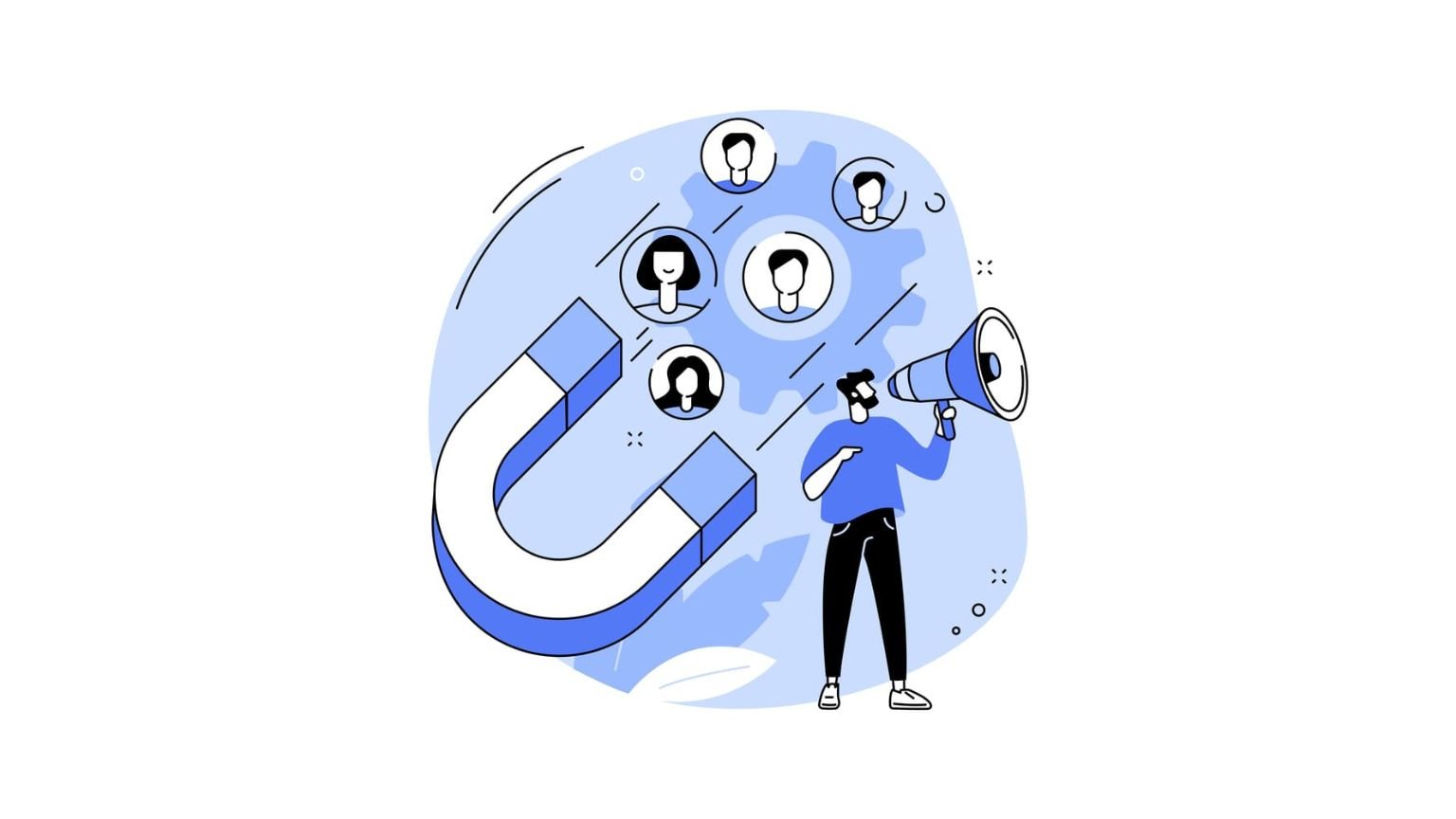What are High-Intent Leads for Addiction Treatment Centers?
High-intent leads are people looking for solutions for their addiction issues. The motivations of these individuals are at a peak and require urgent attention. These leads are searching for terms like ‘alcohol detox admission today’ or ‘drug rehab near me’ and calling a rehab center. These people have passed the research level and want to take action, whether for a loved one or themselves.
Why does intent matter more than volume? This is because time is critical in the addiction treatment space. A large number of low-intent leads generate clicks, but almost all of them won’t convert. Whereas a small number of high-intent leads can result in better results.
Focusing on high-intent leads reduces wasted ad spend, ensures resources are used efficiently, and improves conversion rates. For addiction treatment facilities, this means helping people without delay, better ROI, and quicker admissions.

Why Intent Matters in Addiction Treatment?
Intent has an important role in addiction treatment marketing because it involves decisions that are time-critical and highly sensitive. For people battling with addiction, looking for treatment means they are facing a life-or-death situation. This means treatment facilities should prioritize leads who want to act.
– High Intent Leads = Immediate Admissions
High-intent leads convert faster since they are prepared and motivated to begin treatment. In fact, research shows that 27% of the leads are sales-ready when captured initially. These leads are people looking for urgent solutions and bypass the strenuous decision-making process. This means admission teams can start treatment, schedule intake, and verify insurance. For treatment facilities, this saves resources and increases admission rates.
– An Urgent and Sensitive Niche
Addiction treatment is a kind of industry where people take time to compare programs and options. When a person reaches out for help, they are facing severe personal and health consequences and are in crisis. Because of such urgency, attending to high-intent leads makes sure that treatment facilities connect with people who need help the most.
– Why Quality Beats Quantity
Thousand low-intent leads have the ability to generate traffic, but only a couple will convert. On the other hand, only a handful of high-intent leads can result in 90% admissions.
– The Problem with Low-Intent Leads
Low-intent leads hardly ever result in admissions. These people could be reading information about ‘early signs of drug abuse’ or ‘what is addiction’. Such leads could never commit to treatment or are still at the awareness level.
8 Characteristics of High-Intent Leads for Addiction Treatment
High-intent leads are the winning formula for successful addiction treatment marketing campaigns. These leads want to take action and this is why you need to understand their characteristics. It will allow your treatment facility to focus on quality leads that convert into admissions. Recognizing these characteristics enables addiction treatment facilities to prioritize resources for leads that are likely to convert. Recovery centers can center on targeted campaigns that bring leads ready for admissions, leading to faster results and better ROI. Below are the major traits that describe high-intent leads for addiction treatment programs.
1. Urgent Need for Help
High-intent leads have an instant sense of urgency. They don’t plan treatment for months, but when they need it, they want it now. This urgency can be sensed in their emails, live chats, or during calls. They could ask questions like, ‘do you have beds available today?’ or ‘how soon can I be admitted?’.
2. Actively Seeking Treatment

These leads have crossed the line of denial and want to start recovery, either for someone they know or themselves. For treatment facilities, this means the lead is ready to take the next step and is curious about rehab. This intent comes after a serious breaking point, like family intervention or health scare.
3. Specific Search Queries
The strongest signal of a high-intent lead comes via the phrases and keywords people use in online searches. These searches are location-specific and highly targeted, like ‘how to get help for alcoholism?’ or ‘inpatient rehab near me’. Such queries show that the person is looking for actionable solutions and is past the awareness phase,
4. Ready to Enroll Quickly
Readiness to commit is another characteristic of a high-intent lead. These leads want to start their recovery journey within days or hours. The instant decision-making means that recovery centers should handle admissions promptly, confirm availability, and must have efficient processes to verify insurance.
5. Urgency in Communication
The content and tone of conversations unhide intent. High-intent leads express persistence by using phrases like ‘what is the fastest way to start detox’ or ‘can you admit me today?’. This sense of urgency requires addiction treatment facilities to respond ASAP because even the smallest delay means letting the lead stray away to another recovery center.
6. Direct Engagement
High-intent leads take informed steps to begin contact. This can include starting live chat sessions to get real answers, calling hotlines to ask about availability and programs, and filling out insurance verification or contact forms on a treatment facility’s website.
7. Understanding of Their Problem

High-intent leads show willingness to change and acknowledge their addiction. People could say things like ‘I need professional help’ or ‘I know I can’t do this alone’. Such self-awareness increases the chances of treatment success and is an indicator for enrollment.
8. Readiness to Provide Information
When a person seriously wants to get help, they tend to share their personal details. High-intent leads usually provide personal background related to addiction, medical history to determine eligibility for programs, and insurance details for verification. This is another powerful indicator that they want to proceed and trust your recovery center.
Examples of High-Intent Lead Actions
In the addiction treatment marketing space, specific behaviors designate high intent clearly compared to others. Some common examples are:
- Engaging with Rehab-Related Keywords: Clicking on organic listings or ads tied to terms like ‘drug detox near me’ signals urgent interest.
- Form Fills: Completing a detailed admissions form shows a strong commitment.
- Inbound Calls: Phone calls via people looking for instant help are the top conversion indicators.
Benefits of High-Intent Leads for Addiction Treatment Centers
High-intent leads mean valuable patients for addiction treatment facilities because they are ready for treatment and looking for options. Focusing on such leads provides cost savings to better patient outcomes and higher admissions. Below are the benefits of high-intent leads for addiction treatment centers.
Better ROI than Generic Traffic
Marketing for addiction treatment centers becomes expensive when targeting varied audiences. Generic campaigns could produce clicks and high impressions, but they don’t all convert. By concentrating on targeted outreach and high-intent keywords, treatment facilities can achieve a better cost-per-admission ratio, reduce wasted budget on low-intent traffic, and spend money on patients who are ready to enroll. This is also why high-intent leads are pricier per call or click, their conversion makes them profitable in the long run.
Higher Admission Impact & Conversion Rates
This is the second most enthralling benefit of having high-intent leads since they have a higher conversion rate. These people don’t just browse the internet; they have made up their minds for recovery. These leads usually come from different channels like:
- Pay-per-call campaigns
- Rehab-specific search queries
- Insurance verification forms
Since they want to act, such leads need fewer follow-ups and less nurturing. Admissions teams can get them enrolled within a day or a few hours. This speed ensures timely care and lowers the risk of losing them to another treatment center.
Lower Wasted Ad Budget & Reduced Marketing Spend
Broad marketing campaigns usually waste money on prospects who don’t want treatment or are not ready. High-intent approaches dodge this by focusing only on serious patients. This is because it requires lowered follow-up costs since admission teams don’t waste time on warming cold leads. Because of this, less budget is wasted and funds are not spent on audiences who only want information. It promotes precision targeting via content and ads that reach people looking for rehab options. For treatment facilities with a finite budget, this strategy ensures every penny is spent efficiently.
Quicker Access to Care & Improved Patient Outcomes
Patient’s results improve when help ensues at the right time. High-intent leads make sure that patients get treatment when they are highly motivated, such individuals engage more at every stage of recovery. This reduces delays in overdose or relapse. Drop-offs are reduced, and a quick onboarding process minimizes the chances of second thoughts. These factors lead to more chances of long-term sobriety and higher program completion rates.
Efficient Resource Allocation
Clinical and admissions teams are narrowed in the addiction treatment centers. High-intent leads lower the pressure by enabling the staff to concentrate on people who really want help. This focused approach improves the patient’s and the facility’s experience. When the staff deals with serious patients:
- Overall efficiency is enhanced, freeing different sources for more patient care
- Admission teams plan treatment more effectively, since the individuals arrive informed and prepared
- Admissions get faster, saving the time spent on unresponsive leads

Patient Care & Synergy of Business
High-intent lead methodologies create a win-win outline for both treatment centers and patients. Treatment centers benefit from higher admission rates, improved operational efficiency, and better ROI. Patients benefit from a clear path forward, increased recovery chances, and immediate access to treatment. Such benefits make high-intent lead generation the most impactful and sustainable strategies in the addiction treatment space.
Ethical Consideration & Moral Responsibility
Addiction treatment is a life-saving service. High-intent leads are people who need support and are in crisis. From an ethical point of view:
- It aligns marketing strategies with patient-first and compassionate principles
- It prevents vulnerable people from being lost in an inefficient or slow system
- Connecting high-intent leads with instant assistance gets the mission accomplished
How to Identify High-Intent Leads?
Spotting high-intent leads is crucial for addiction treatment facilities to focus their efforts on patients who are likely to convert. High-intent leads have clear signs of urgency and readiness. Below are some common ways to identify high-intent and valuable leads.
– Analytics & Call Tracking
Call tracking is an effective tool for pinning down high-intent leads. Many patients want to speak to a live person directly, making inbound calls a major indicator of urgency. Call tracking software can analyze call engagement and duration levels to determine intent and attribute calls to specific keywords or campaigns. Long conversations focused on programs, insurance verification, and admission details mean the person wants to convert.
– Behavioral Signals
Behavioral signs are the second indicator of high-intent leads. The phrases and the keywords an individual uses to search online give an insight into their readiness for treatment. High-intent search cues include calling for details about the bed availability and programs, filling out forms, and multiple visits to your admissions page.
– CRM Tools & Lead Scoring
CRM systems with lead scoring options can automate the spotting process by allocating scores based on actions taken. Such a structured approach makes sure that admissions staff focus their time on hot leads. For example:
- Low Score: Read education content without any action
- High Score: Call admissions + completed an insurance form
- Engagement: With High-Value Pages
Website behavior signals a strong indication of high-value leads. These are the leads that visit pages like contact forms, admissions information, or insurance verification are likely to convert instead of those reading blog posts. Monitoring and analyzing such behaviors via analytical tools enables your staff to prioritize follow-up with patients showing interest.
– Intent-Based Keyword Targeting
Building campaigns powered by intent-based keywords is a guaranteed way to attract and identify high-intent leads. Phrases or keywords related to addiction treatment show that the person is ready for recovery. Using SEO strategies or paid ads that prioritize these keywords allows your marketing to reach people in the decision phase. This makes identification easier and increases lead quality since most clicks come via urgent queries.
Challenges in Generating High-Intent Leads for Addiction Treatment Centers
Generating high-intent leads for addiction treatment centers comes with a lot of challenges. Recovery centers face quirky obstacles because of the sensitive niche.
Rising Advertising Costs
Getting high-intent leads includes targeted paid campaigns, which have become expensive compared to non-paid marketing efforts. With strict compliance requirements, geo-specific ads, and keyword targeting, costs have escalated. For many treatment facilities, balancing ROI and ad spend becomes challenging.
High Competition in the Addiction Treatment Market

The addiction treatment space is competitive, and it keeps rising. Many marketing agencies and recovery centers target the same audience. This results in high CPC (cost-per-click) for high-intent keywords. Small-sized treatment facilities struggle to compete with large ones that don’t have to worry about ad budgets.
Filtering Out Low-Intent Traffic
Many people visit addiction treatment centers via the website for academic research, general information, or out of curiosity. Filtering out such low-intent visitors without spending on ads is difficult. Customary strategies, such as remarketing, help, but they require extra effort and money. Key challenges are:
- Lower Conversion Rates: Wasting staff time on unqualified leads brings down efficiency
- Budget Drain: Broad targeting usually results in irrelevant clicks
Limited Windows of Opportunity
High-intent leads act during a small decision-making window. If an addiction treatment facility has limited availability and cannot respond quickly, the lead goes to the competitors. This makes speed-to-lead a particular factor. Unclear admission processes, slow insurance verification, and delays in returning calls lead to missed opportunities.
Ethical & Compliance Restrictions
Addiction treatment marketing is regulated heavily to prevent misleading guarantees. This means marketers must comply with platforms like Google, which apply strict policies for addiction-related ads, avoid false promises, and be careful with words. This criterion adds complications to lead generation campaigns. Major compliance challenges are:
- Ensuring patient HIPAA compliance and confidentiality
- Avoiding language that suggests promised recovery
- Verifying certifications such as LegitScript for paid campaigns
Sources of Generating High-Intent Leads for Addiction Treatment Centers
Generating high-intent leads for addiction treatment centers requires targeting the right channels that capture patients ready to take action. Below are 5 most effective sources and why they are important for addiction treatment marketing.
Pay-Per-Call Advertising

PPCall (pay-per-call) campaigns are the most reliable source of generating high-intent leads. These leads come via live phone calls where patients are reaching out for help. Calls are verified and tracked for quality, lowering the risk of unqualified traffic and wasted spend.
Benefit:
- Instant Engagement: PPCall connects motivated individuals with your recovery center in real-time. This increases the chances of same-day admissions.
Inbound Calls from Lead Aggregators
Working with credible lead aggregators can confer a scalable source of inbound calls. Lead aggregators specialize in generating traffic via SEO, content, and ads, they then route these calls to treatment facilities that meet the caller’s requirements.
Benefit:
- Cost-Effective Scaling: Lead aggregators handle marketing so that you pay only for live calls. This saves resources and lowers wasted ad spend.
|👉 Read our guide on how lead aggregators help addiction treatment get more leads.
Referral Partnership
Building partnerships with community organizations, therapists, and healthcare providers can generate a secure flow of high-intent referrals. These referrals usually come from trusted professionals. This further makes them motivated and highly qualified.
Benefit:
- Pre-Qualified Leads: Referrals often carry trust and credibility. This makes them easier to convert rather than cold inquiries.
SEO for Urgent & ‘Near Me’ Searches
Organic search optimization for urgent and local terms makes sure that your treatment facility shows up in search results when patients need help immediately. Creating content around keywords and phrases that help build visibility without depending on paid ads.
Benefit:
- Sustainable Lead Flow: SEO attracts high-intent traffic over time. It reduces the reliance on over-priced paid campaigns.
Google Ads with Rehab Keywords
Paid search campaigns that target high-intent keywords are very effective. These searches usually come from people who are ready to get treatment.
Benefit:
- High Conversion Potential: Ads targeting urgent keywords guarantee leads at the decision phase. This results in higher admission rates.
Conclusion
In the addiction treatment marketing segment, leads are not equal. High-intent leads are the people who are motivated, ready, and want help. The good news? There are several ways to get these leads via pay-per-call campaigns, trusted referrals, SEO, targeted ads, and much more. The key is to make sure every interaction is helpful and compassionate. Respond quickly, and stay proactive. High-intent leads are patients who have taken the first step for a huge change.
FAQs
How do addiction treatment facilities get high-intent leads?
Common strategies are pay-per-call advertising, referral partnerships, SEO for local searches, and Google Ads targeting urgent keywords.
Does pay-per-call advertising generate high-intent leads for addiction treatment centers?
Yes, pay-per-call advertising delivers inbound callers in real-time who are verified and looking for treatment. These callers are likely to convert.
How to improve the quality of addiction treatment leads?
By optimizing content for people seeking help, using call tracking, and by targeting intent-driven keywords, addiction treatment centers can start getting high-quality leads.
What is a good conversion rate for high-intent addiction treatment leads?
It varies, high-intent leads that convert have 15-30% ratio. This is higher than the general website traffic.
How fast should addiction treatment centers respond to a lead?
Within 5 minutes. The faster your admission team responds, the higher chances you have of converting the leads into admissions.
Do inbound calls convert better compared to online form leads?
Yes, for most cases. Inbound calls show emotional readiness and urgency. This usually results in faster admissions.


Leave a Reply